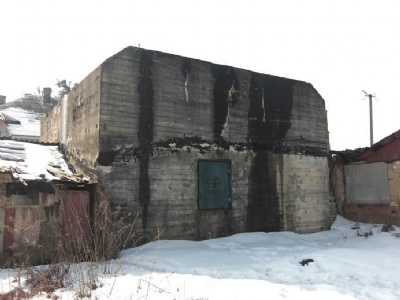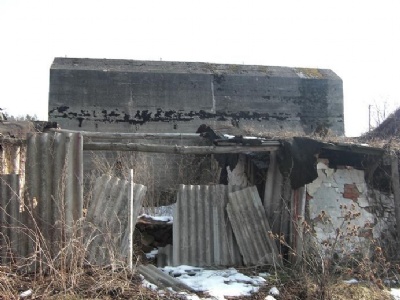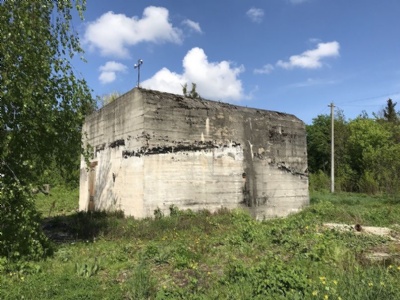Hegewald
In late July 1942, SS chief Heinrich Himmler moved to his new Ukrainian field headquarters, Hegewald, about two kilometers south of Zhytomyr. The headquarters was located next to a former Soviet military airfield and consisted of several barracks, casino, communication center, conference hall, office barracks, etc. About 100 SS officers and about 1000 SS police officers were stationed in and around Hegewald. When the Soviet Red Army advanced westward in the summer of 1943, Hegewald was evacuated. Hegewald was destroyed by SS forces in November and December 1943. It was also in the Hegewald area that Himmler in March 1943 located a colony consisting of about 10,000 people (non German citizens of German origin) from Poland and Ukraine. This colony was more or less self-sufficient and a model Himmler planned to build in Eastern Europe after the Germans won the war. The original residents were forcibly deported (in Hegewald’s case 15,000 Ukrainians) or enslaved to serve the new masters. People of german origin had sometimes been forcibly deported to new settlements against their will. For the Nazis it was important that german people lived in what was regarded as german land. Therefore they were moved from previuos non-german land to german land. Despite the fact that they have lived outside Germany for generations and didn’t necessary identified themselves as germans, but were now forced to move to new settlement areas. These great migrations were one of Himmler’s favorite projects.
Current status: Partly preserved/demolished (2019).
Location: 50°12'38.74"N 28°40'02.32"E
Get there: Car.
Follow up in books: Longerich, Peter: Himmler: A biography (2009).




Hegewald’s layout is not known. The photographs from Hegewald are taken indoors in Himmler’s study and not outdoors, which makes it difficult to get an idea of how Hegewald looked like. I only know about one preserved bunker, but that’s all. This bunker is now an integral part of dilapidated wooden sheds/houses, of which several of the sheds have been built in with the bunker. Most likely, the bunker is used as a storage by the locals.